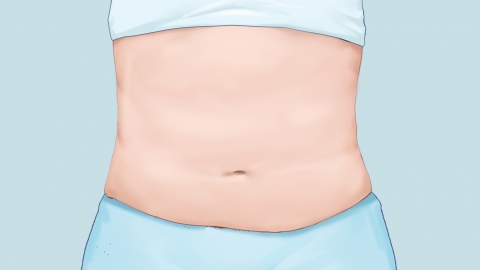What are the characteristics of abdominal distension caused by ovarian cancer?
The characteristics of bloating caused by ovarian cancer generally include gradually worsening bloating, predominance of bloating in the lower abdomen, bloating accompanied by abdominal masses, bloating with reduced appetite, and minimal association of bloating with postural changes. If abnormalities occur, timely medical consultation is recommended. A detailed explanation is as follows:

1. Gradually worsening bloating: Bloating caused by ovarian cancer does not appear suddenly but gradually worsens as the disease progresses. Initially, there may be occasional abdominal discomfort, followed by an expanding range, increasing severity, and prolonged duration of bloating, which is not easily relieved spontaneously.
2. Bloating mainly in the lower abdomen: This bloating primarily concentrates in the lower abdomen, possibly偏向一侧 or both sides. As the tumor grows, a feeling of distension in the lower abdomen becomes明显, and pressing on it may cause dull pain or a hard sensation, differing from the diffuse bloating sensation of common gastrointestinal gas.
3. Bloating accompanied by abdominal mass: While experiencing bloating, a mass may be palpable in the abdomen. The mass is usually hard, possibly with unclear borders and poor mobility. As the tumor grows, the mass increases in size, further exacerbating the bloating symptoms.
4. Bloating with reduced appetite: Bloating is often accompanied by decreased appetite and significantly reduced food intake. This occurs because the tumor compresses the gastrointestinal tract, impairing digestive function. Even after eating small amounts, patients may feel abdominal fullness, which can lead to weight loss over time.
5. Minimal association of bloating with postural changes: Ordinary bloating may lessen or worsen with changes in standing, sitting, or lying positions, whereas bloating caused by ovarian cancer is unaffected by posture. Regardless of body position, the sensation of bloating persists and is difficult to relieve through methods such as gas release or defecation.
When the above-mentioned bloating characteristics appear, timely hospital visits for abdominal ultrasound, tumor marker tests, and other examinations are recommended. Early intervention following a clear diagnosis can help avoid delays in treatment.








